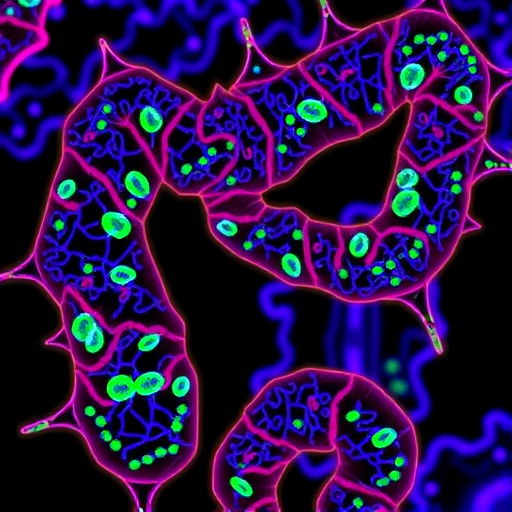ITHACA, N.Y. – Lithium-oxygen fuel cells boast energy density levels comparable to fossil fuels and are thus seen as a promising candidate for future transportation-related energy needs.
Several roadblocks stand in the way of realizing that vision, however. They include poor rechargeability, reduced efficiency due to high overpotentials (more charge energy than discharge energy) and low specific energy.
Two instabilities contribute to these roadblocks. Much of the previous work done in the lab of Lynden Archer, the James A. Friend Family Distinguished Professor of Engineering in the Robert F. Smith School of Chemical and Biomolecular Engineering (CBE) at Cornell University, has centered on one: the nucleation and growth of dendrites from one electrode to the other, which causes short-circuiting, a source of premature cell failure that invariably ends in fires.
It's the other instability – the loss of battery power, also known as capacity fade – that is the focus of the lab's most recent work. Snehashis Choudhury, a doctoral student in the Archer Research Group, has come up with what Archer terms an "ingenious" answer to the problem of capacity fade.
Their work is detailed in "Designer interphases for the lithium-oxygen electrochemical cell," published this month in Science Advances. Choudhury is co-first author along with Charles Wan, a chemical engineering major.
Capacity fade occurs when the electrolyte, which transports charged ions from the negative electrode (anode) to the positive (cathode), reacts with the electrodes. "It starts to consume the electrodes," Choudhury said. "It forms many insulating products that impede ion transport. Over time, these build up to produce such prohibitive internal cell resistance that finally the battery fades."
The problem: How do you stop one electrolyte-electrode reaction, when it's another necessary reaction between the two – the transfer of ions – that produces power? Choudhury's solution is called an artificial solid-electrolyte interphase (SEI), a material that protects the electrodes while promoting the flow of electrons from one end of the cell to the other.
"Such interphases form naturally in all electrochemical cells … and their chemo-mechanical stability is critical to the success of the graphite anode in lithium-ion batteries," Archer said. "
Choudhury's approach for creating a functional designer interphase is based on bromide-containing ionic polymers (ionomers) that selectively tether to the lithium anode to form a few-nanometers-thick conductive coating that protects the electrode from degradation and fade. The SEI ionomers display three attributes that allow for increased stability during electrodeposition: protection of the anode against growth of dendrites; reduction-oxidation (redox) mediation, which reduces charge overpotentials; and the formation of a stable interphase with lithium, protecting the metal while promoting ion transport.
One challenge still exists: All research-grade lithium-oxygen electrochemical cells are evaluated using pure oxygen as the active cathode material. For a commercially viable lithium-oxygen (or lithium-air, as it's also known) cell, it would need to pull oxygen out of the air, and that oxygen also contains other reactive components, such as moisture and carbon dioxide.
If the inefficiencies that limit performance of lithium-oxygen fuel cells can be resolved, the exceptional energy storage options offered by the cell chemistry would be a giant step forward for electrified transportation and a revolutionary advance for autonomous robotics, Archer said.
"It is telling from observations of the most advanced humanoid robots that they are always either tethered to an ultra-long electrical cable or are using something like a loud lawnmower engine to generate energy," Archer said. "Either energy source compares poorly to those found in nature. Energy storage technologies such as Li-air cells, which harness materials from the surroundings, promise to close this gap."
###
Other contributors were Lena Kourkoutis, assistant professor and the Rebecca Q. and James C. Morgan Sesquicentennial Faculty Fellow in applied and engineering physics; CBE doctoral student Wajdi Al Sadat; Sampson Lau, Ph.D. '16; Zhengyuan Tu, doctoral student in materials science and engineering; and Michael Zachman, doctoral student in applied and engineering physics.
Support for this work came from the Advanced Research Projects Agency-Energy. In addition, electron microscopy was done at the Cornell Center for Materials Research, a National Science Foundation-supported Materials Research Science and Engineering Center.
Media Contact
Daryl Lovell
[email protected]
607-254-4799
@cornell
http://pressoffice.cornell.edu
############
Story Source: Materials provided by Scienmag




